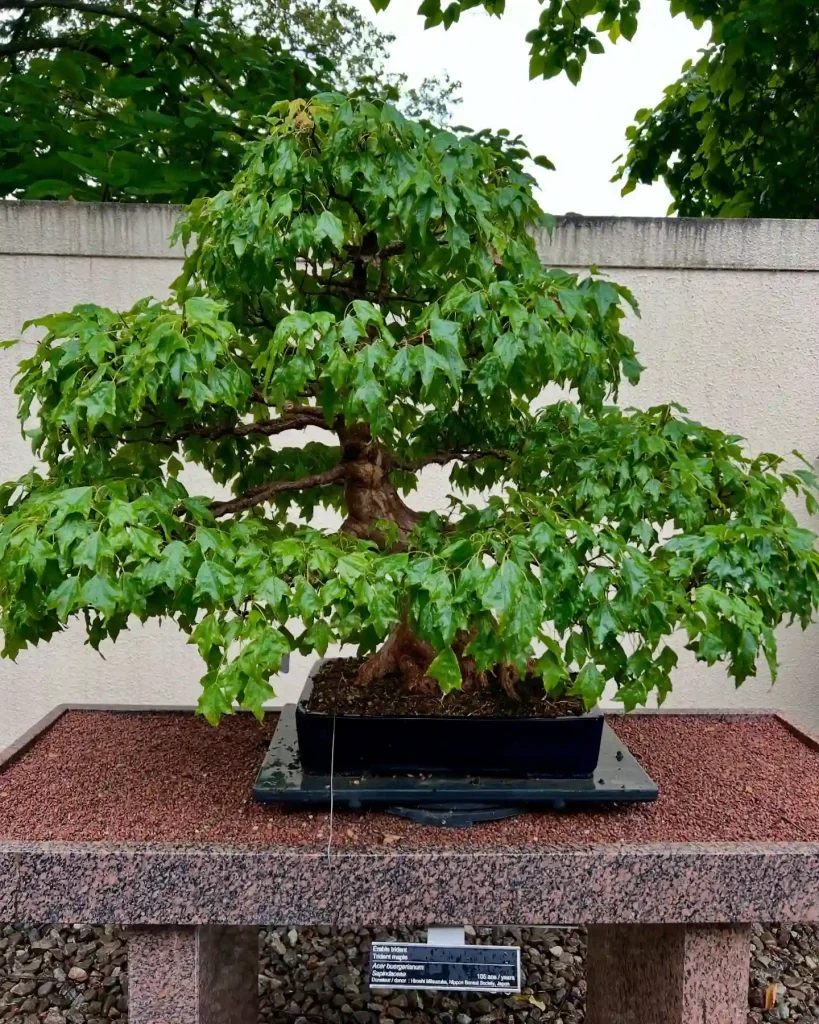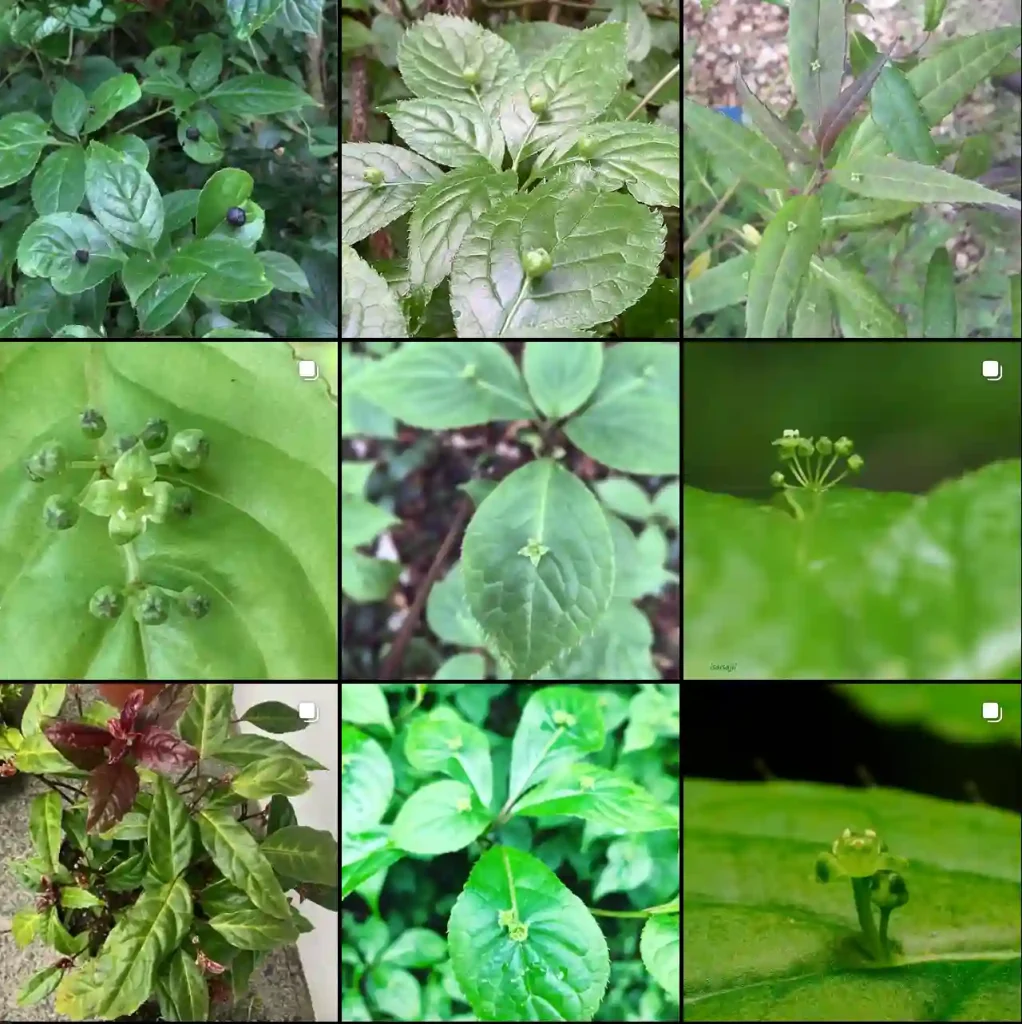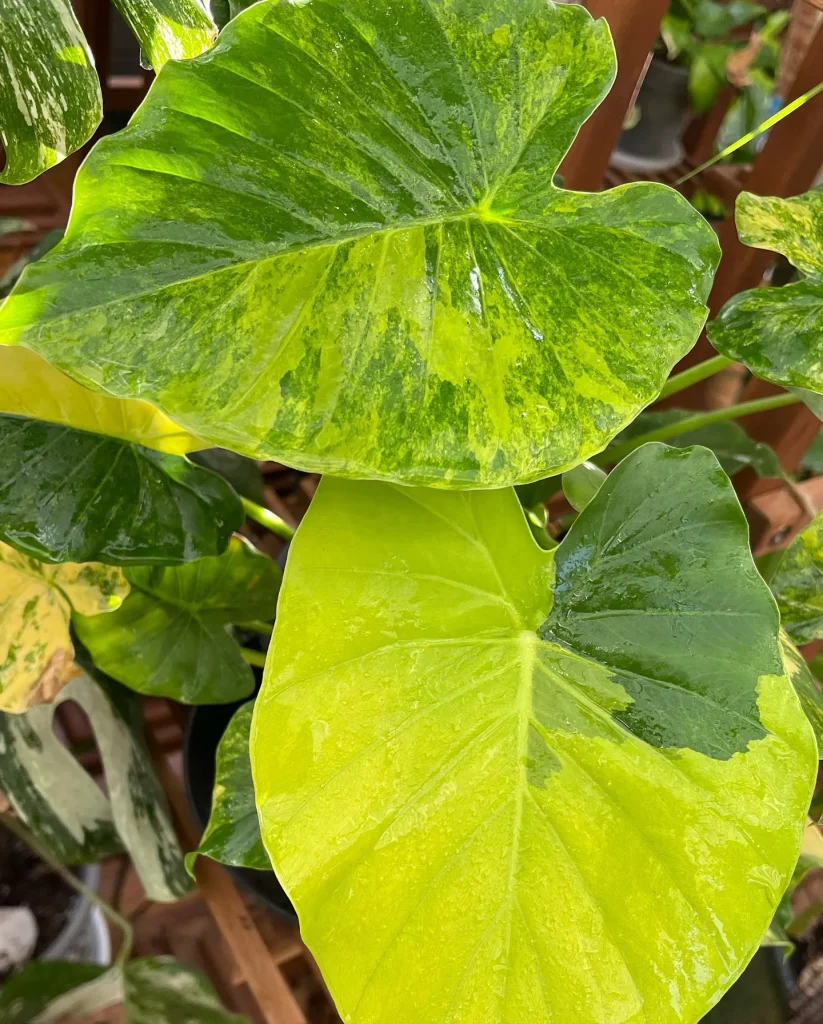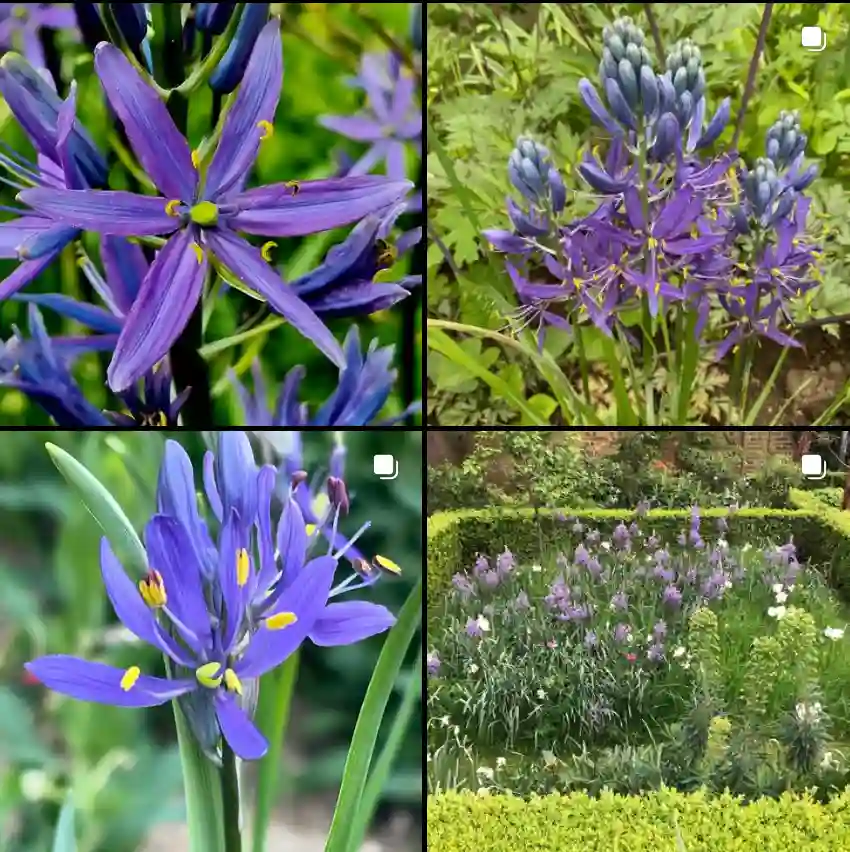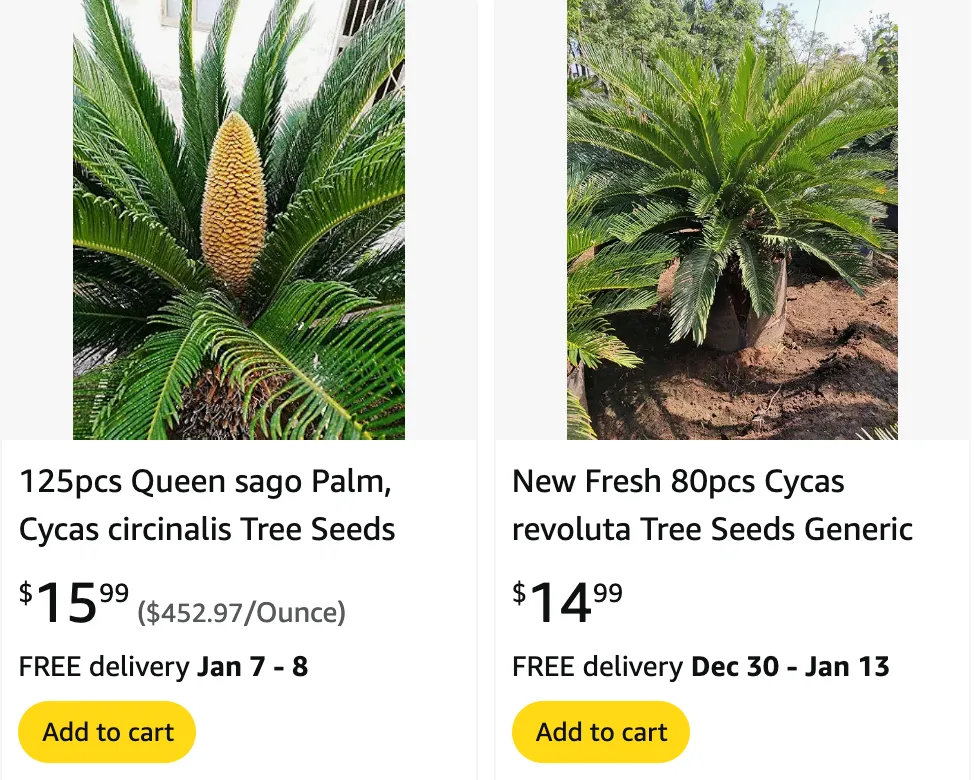
December 2 – Cycas
"Cycas, the palm-like plant, represents December 2."
Cycas symbolizes longevity and strength. You have a deep, rooted sense of stability and wisdom, thriving through the ages. Like its ancient roots, your presence offers grounding and lasting influence.
Exploring the Cycadaceae Family: A Personal Journey with Cycas
As a plant enthusiast, I’ve always been captivated by the unique beauty and resilience of different plant families. One family that stands out to me is Cycadaceae, particularly the Cycas genus. Cycads, often mistaken for palms, are ancient plants that have been around since the age of dinosaurs. Their fascinating characteristics and ecological significance have made my exploration of them a rewarding experience.
What is the Cycadaceae Family?
The Cycadaceae family consists of seed plants known as cycads. These plants have a long history, dating back over 300 million years. They are often found in tropical and subtropical regions. Cycads have a stout trunk and large, feathery leaves that can be mistaken for palm fronds. Despite their palm-like appearance, they belong to a different plant group. I find their unique structure and ancient lineage incredibly intriguing.
The Cycas Genus: My Favorite Representative
Within the Cycadaceae family, the Cycas genus is particularly noteworthy. Cycas plants are among the most well-known cycads and are easily recognized by their stout trunks and rosette of pinnate leaves. One of my first encounters with Cycas was at a botanical garden, where I marveled at its striking form. The plant exudes a sense of permanence and strength, which resonates with my appreciation for resilient flora.
Characteristics of Cycas
Cycas species are characterized by their large, leathery leaves and a thick, often short trunk. The leaves grow in a circular pattern, giving them a crown-like appearance. One of the most fascinating aspects of Cycas is its reproductive strategy. Cycas plants are dioecious, meaning that male and female reproductive organs are found on separate plants. This means that to witness the full reproductive cycle, you need to cultivate both male and female specimens.
In my own experience with Cycas revoluta, commonly known as the Sago Palm, I have been impressed by its adaptability. Despite being native to Japan and Taiwan, I’ve seen how well it thrives in a variety of climates. The Sago Palm is not actually a palm but a cycad, showcasing the rich diversity within this family.
A Diverse Family Tree: Cycas Species
The Cycas genus boasts a remarkable diversity, with over 100 recognized species scattered across the globe. From the tropical rainforests of Southeast Asia to the arid landscapes of Australia, these plants have adapted to a wide range of environments. Here are:
- Cycas aculeata K.D.Hill & H.T.Nguyen
- Cycas aenigma K.D.Hill & A.Lindstr.
- Cycas angulata R.Br.
- Cycas annaikalensis Rita Singh & P.Radha
- Cycas apoa K.D.Hill
- Cycas arenicola K.D.Hill
- Cycas armstrongii Miq.
- Cycas arnhemica K.D.Hill
- Cycas badensis K.D.Hill
- Cycas balansae Warb.
- Cycas basaltica C.A.Gardner
- Cycas beddomei Dyer
- Cycas bifida (Dyer) K.D.Hill
- Cycas bougainvilleana K.D.Hill
- Cycas brachycantha K.D.Hill, H.T.Nguyen & P.K.Lôc
- Cycas brunnea K.D.Hill
- Cycas cairnsiana F.Muell.
- Cycas calcicola Maconochie
- Cycas campestris K.D.Hill
- Cycas canalis K.D.Hill
- Cycas candida K.D.Hill
- Cycas cantafolia Jutta, K.L.Chew & Saw
- Cycas chamaoensis K.D.Hill
- Cycas changjiangensis N.Liu
- Cycas chenii X.Gong & Wei Zhou
- Cycas chevalieri Leandri
- Cycas circinalis L.
- Cycas clivicola K.D.Hill
- Cycas collina K.D.Hill, H.T.Nguyen & P.K.Lôc
- Cycas condaoensis K.D.Hill & S.L.Yang
- Cycas conferta Chirgwin
- Cycas couttsiana K.D.Hill
- Cycas cupida P.I.Forst.
- Cycas curranii (J.Schust.) K.D.Hill
- Cycas darshii R.C.Srivast. & Jana
- Cycas debaoensis Y.C.Zhong & C.J.Chen
- Cycas desolata P.I.Forst.
- Cycas dharmrajii L.J.Singh
- Cycas diannanensis Z.T.Guan & G.D.Tao
- Cycas distans P.I.Forst. & B.Gray
- Cycas divyadarshanii Khuraijam & Rita Singh
- Cycas dolichophylla K.D.Hill, H.T.Nguyen & P.K.Lôc
- Cycas edentata de Laub.
- Cycas elephantipes A.Lindstr. & K.D.Hill
- Cycas elongata (Leandri) D.Y.Wang
- Cycas falcata K.D.Hill
- Cycas ferruginea F.N.Wei
- Cycas flabellata Agoo, Madulid & J.R.Callado
- Cycas fugax K.D.Hill, H.T.Nguyen & P.K.Lôc
- Cycas furfuracea W.Fitzg.
- Cycas glauca Miq.
- Cycas guizhouensis K.M.Lan & R.F.Zou
- Cycas hoabinhensis L.K.Phan & H.T.Nguyen
- Cycas hongheensis S.Y.Yang & S.L.Yang
- Cycas indica A.Lindstr. & K.D.Hill
- Cycas inermis Lour.
- Cycas javana (Miq.) de Laub.
- Cycas lacrimans A.Lindstr. & K.D.Hill
- Cycas lane-poolei C.A.Gardner
- Cycas laotica T.H.Nguyên & K.S.Nguyen
- Cycas lindstromii S.L.Yang, K.D.Hill & Hiep
- Cycas × longipetiolula D.Y.Wang
- Cycas maconochiei Chirgwin & K.D.Hill
- Cycas macrocarpa Griff.
- Cycas media R.Br.
- Cycas megacarpa K.D.Hill
- Cycas micholitzii Dyer
- Cycas micronesica K.D.Hill
- Cycas mindanaensis Agoo, Madulid & J.R.Callado
- Cycas montana A.Lindstr. & K.D.Hill
- Cycas × multifrondis D.Y.Wang
- Cycas multipinnata C.J.Chen & S.Y.Yang
- Cycas nathorstii J.Schust.
- Cycas nayagarhensis Rita Singh, P.Radha & Khuraijam
- Cycas nitida K.D.Hill & A.Lindstr.
- Cycas nongnoochiae K.D.Hill
- Cycas ophiolitica K.D.Hill
- Cycas orientis K.D.Hill
- Cycas orixensis (Haines) Rita Singh & Khuraijam
- Cycas pachypoda K.D.Hill
- Cycas panzhihuaensis L.Zhou & S.Y.Yang
- Cycas papuana F.Muell.
- Cycas pectinata Buch.-Ham.
- Cycas petraea A.Lindstr. & K.D.Hill
- Cycas platyphylla K.D.Hill
- Cycas pranburiensis S.L.Yang, W.Tang, K.D.Hill & P.Vatcharakorn
- Cycas pruinosa Maconochie
- Cycas pschannae R.C.Srivast. & L.J.Singh
- Cycas revoluta Thunb.
- Cycas riuminiana M.Porte ex Regel
- Cycas rumphii Miq.
- Cycas sancti-lasallei Agoo & Madulid
- Cycas saxatilis K.D.Hill & A.Lindstr.
- Cycas schumanniana Lauterb.
- Cycas scratchleyana F.Muell.
- Cycas seemannii A.Braun
- Cycas segmentifida D.Y.Wang & C.Y.Deng
- Cycas semota K.D.Hill
- Cycas seshachalamensis P.V.C.Rao, N.V.S.Prasad, P.M.Babu, K.Prassad & Prasanna
- Cycas sexseminifera F.N.Wei
- Cycas siamensis Miq.
- Cycas silvestris K.D.Hill
- Cycas simplicipinna (Smitinand) K.D.Hill
- Cycas sphaerica Roxb.
- Cycas sundaica Miq. ex A.Lindstr. & K.D.Hill
- Cycas szechuanensis W.C.Cheng & L.K.Fu
- Cycas taiwaniana Carruth.
- Cycas tanqingii D.Y.Wang
- Cycas tansachana K.D.Hill & S.L.Yang
- Cycas terryana P.I.Forst.
- Cycas thouarsii R.Br.
- Cycas tropophylla K.D.Hill & P.K.Lôc
- Cycas tuckeri K.D.Hill
- Cycas vespertilio A.Lindstr. & K.D.Hill
- Cycas wadei Merr.
- Cycas xipholepis K.D.Hill
- Cycas yorkiana K.D.Hill
- Cycas zambalensis Madulid & Agoo
- Cycas zeylanica (J.Schust.) A.Lindstr. & K.D.Hill
The Ecological Role of Cycads
Cycads play a significant role in their ecosystems. They are often a source of food for various herbivores. For instance, some species are known to be consumed by tortoises, which have evolved to digest their tough leaves. I’ve had the pleasure of observing these interactions in nature, and it highlights the interconnectedness of different species.
Moreover, cycads have a symbiotic relationship with certain fungi in the soil, which aids in nutrient absorption. This relationship is vital for the health of the plant. I always find it fascinating to consider how plants like Cycas thrive through these unseen partnerships, reminding me of the intricate web of life that surrounds us.
Conservation Concerns
Despite their resilience, many cycad species are threatened due to habitat loss and illegal collection. As I delve deeper into the world of Cycas, I feel a sense of responsibility to advocate for their conservation. Organizations and conservationists work tirelessly to protect these ancient plants, and it’s crucial for enthusiasts like myself to support these efforts.
Cultivating Cycas at Home
If you’re considering adding a Cycas plant to your collection, there are a few things to keep in mind. They thrive in well-draining soil and prefer bright, indirect sunlight. I’ve found that overwatering can be detrimental, as they are susceptible to root rot. A little patience goes a long way; these plants grow slowly but can live for decades, becoming a cherished part of your garden.
Personal Reflections on Cycadaceae
My journey with the Cycadaceae family has been both educational and fulfilling. The allure of Cycas plants lies not only in their beauty but also in their resilience and ecological importance. Each time I care for a Cycas, I am reminded of its ancient lineage and the stories it carries from the past.
Cycads symbolize endurance, having survived mass extinctions while adapting to changing climates. This resilience resonates with my personal philosophy, encouraging me to appreciate the natural world’s complexities and interdependencies.
Conclusion: A Call to Appreciate and Protect
In conclusion, the Cycadaceae family, particularly the Cycas genus, represents a rich tapestry of history, beauty, and ecological significance. My passion for these plants drives me to share their story with others, hoping to inspire more people to appreciate and protect them. As we move forward, it’s essential to recognize the importance of conserving such ancient plants that have much to teach us about resilience and sustainability.
Whether you’re a seasoned plant lover or just beginning your journey, I encourage you to explore the fascinating world of cycads. They are more than just plants; they are living links to our planet’s history.
If i die, water my plants!
